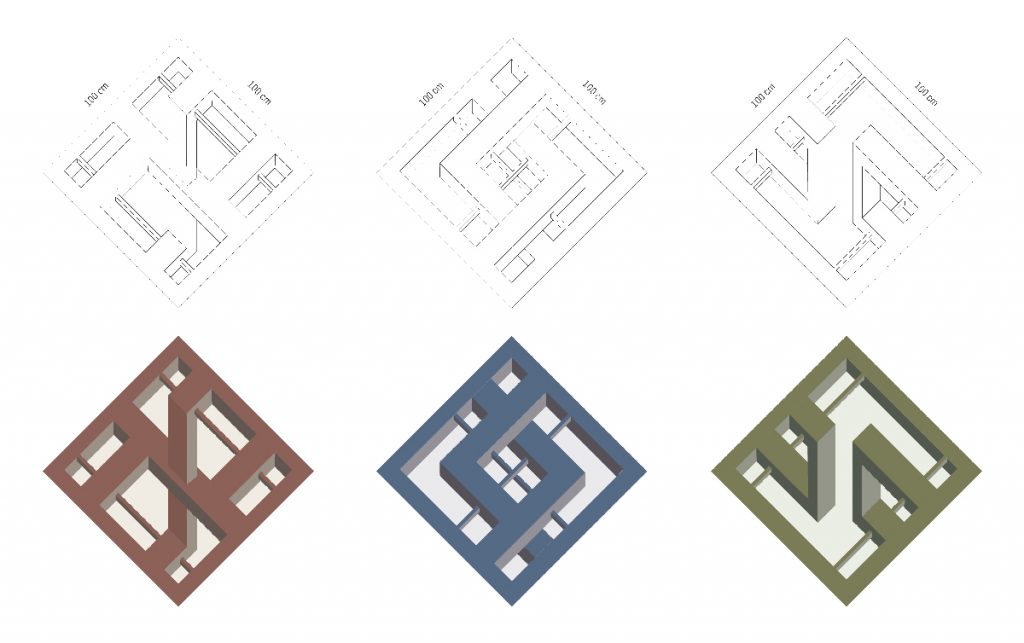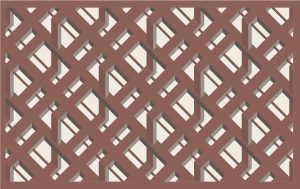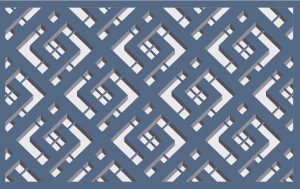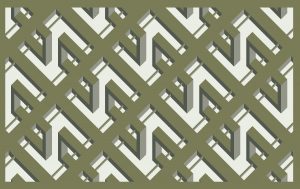
N.C.S. – Not Closing Space
Our body claims all colors
According to the theories of Feng Shui, an ancient discipline that deals with how to arrange a home to give well-being, health and fortune, the spaces in which we live every day have a strong influence on our lives. Although its laws are not scientific in nature, some modern studies on color perception and influx seem to confirm what some theories of Feng Shui claim.
One of the fundamental principles of Feng Shui states that “our body claims all colors”. Just as it happens in nature, the variety of colors is a source of richness and harmony. The ideal would then be to alternate hot and cold colors, with a touch of green (which is more or less in the middle between warm and cold shades) in order to achieve a color balance in the rooms. The variety of colors in the rooms is a source of dynamism, consequently the perception we have of the space in which we live is altered, making the perceived space increased.
Colors, derived from the NCS chromatic system, have been chosen following the principle of harmony. A standard saturation and brightness were then selected, combined with the various shades. Furthermore, for each chromatic component the same compositional ratios of the two primary colors that make up the different shades have been chosen, in order to obtain a chromatic coherence between the different developments in pattern.

Selected colors according to the principle of harmony.
A matter of perception
The interior wood paneling collection N.C.S. born with the aim of “expanding” the perceived space inside buildings, through the use of different colors (respectively reddish yellow, bluish red, and yellowish green) of varying temperature. In addition, the individual modules that will then form the pattern for the coverings are developed through the use of “impossible shapes” (i.e. forms that cannot be constructed in three-dimensional reality because in contrast with the laws of geometry, although it is possible to draw a two-dimensional representation) built through a Japanese perspective, inspired by the work of the artist Oscar Reutersvärd, considered the father of impossible figures.

Oscar Reutersvärd, considered the father of impossible figures.
Reutersvärd was suffering from dyslexia, and also had difficulty in estimating the distance and size of objects. This defect inspired him in the conception of these figures that split the concept of three-dimensional space as we know it. This characteristic involves the alteration of the depth perception of the surface in which the pattern is developed, further accentuated by the “figure-background” ratio present in the individual modules.

Single module that will compose the pattern
The wood used for the collection is maple wood, particularly resistant to atmospheric agents, insects and fungi and lends itself well to processing. Furthermore, the vertical wavy veins create an elegant and sinuous visual effect that contrasts with the rigid and geometric shape of the individual modules.
Features:
Family: Pinaceae
Scientific name: Cedrus atlantica
Characteristics: Differentiated wood with whitish sapwood and pinkish heartwood, fine and straight texture.
Main uses: for its long life even in outdoor environment it is valuable for constructions, beams, railway sleeper. Moreover, due to its ease of processing, it is possible to search it for furniture, decorative pieces, carving, sculpture, etc.
Common names: Cedar of the Atlas, Cèdre du Maroc.
Provenance: North Africa
Drying: it has no problems
Workings: easy to work
- Reference for the study of color:
“Lo stupefacente potere dei colori”, Jean-Gabriel Causse, Adriano Salani Editore s.u.r.l., Milano - References for the study of modules:
https://libraries.indiana.edu – Indiana University Bloomington
http://www.caldarelli.it – Archivio Attivo Arte Contemporanea - Reference for color codes: http://46.16.232.131/freemium.html
Project by: Nardese Enrico / Supervisore: Professor Miglio Marco


